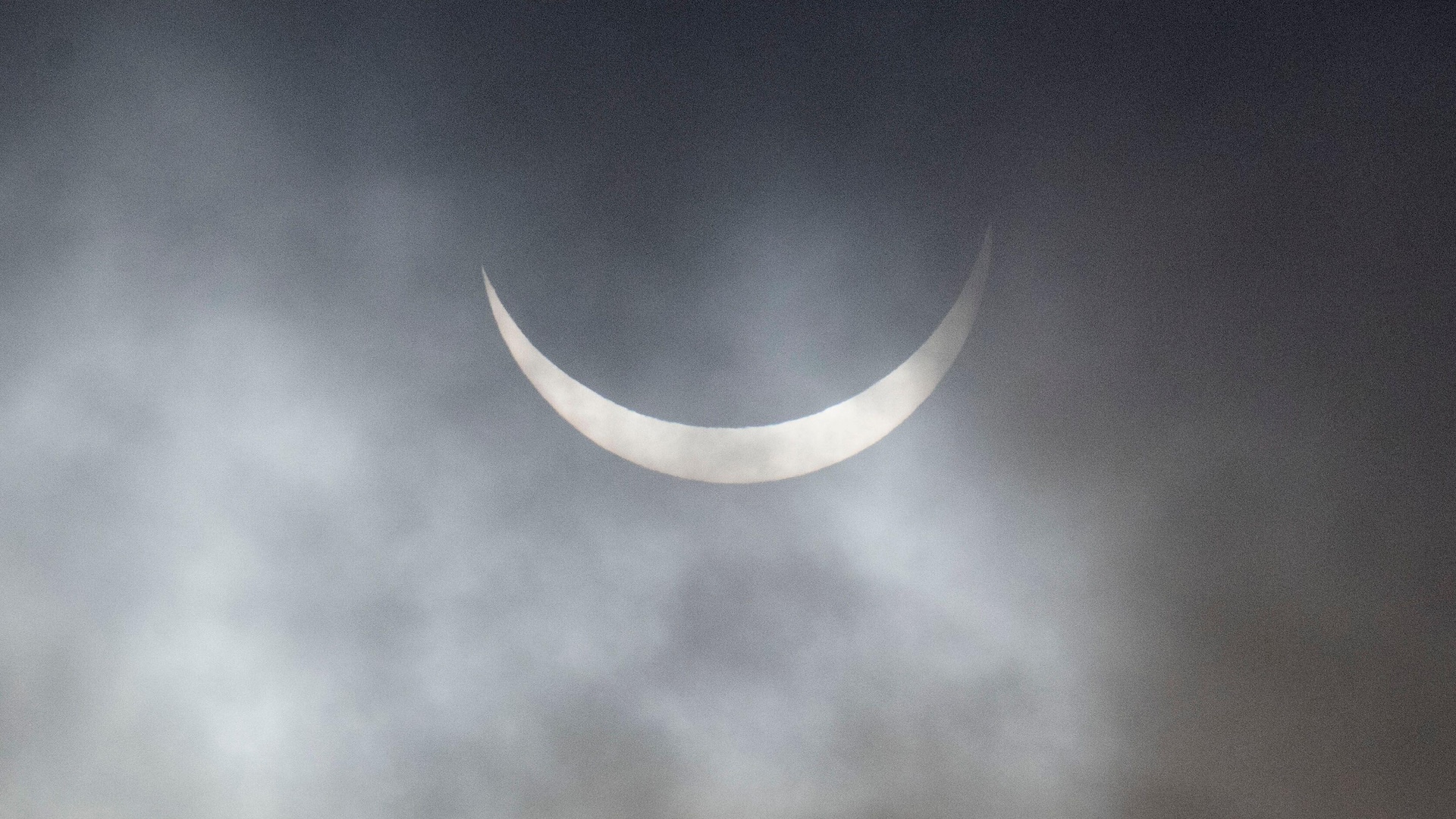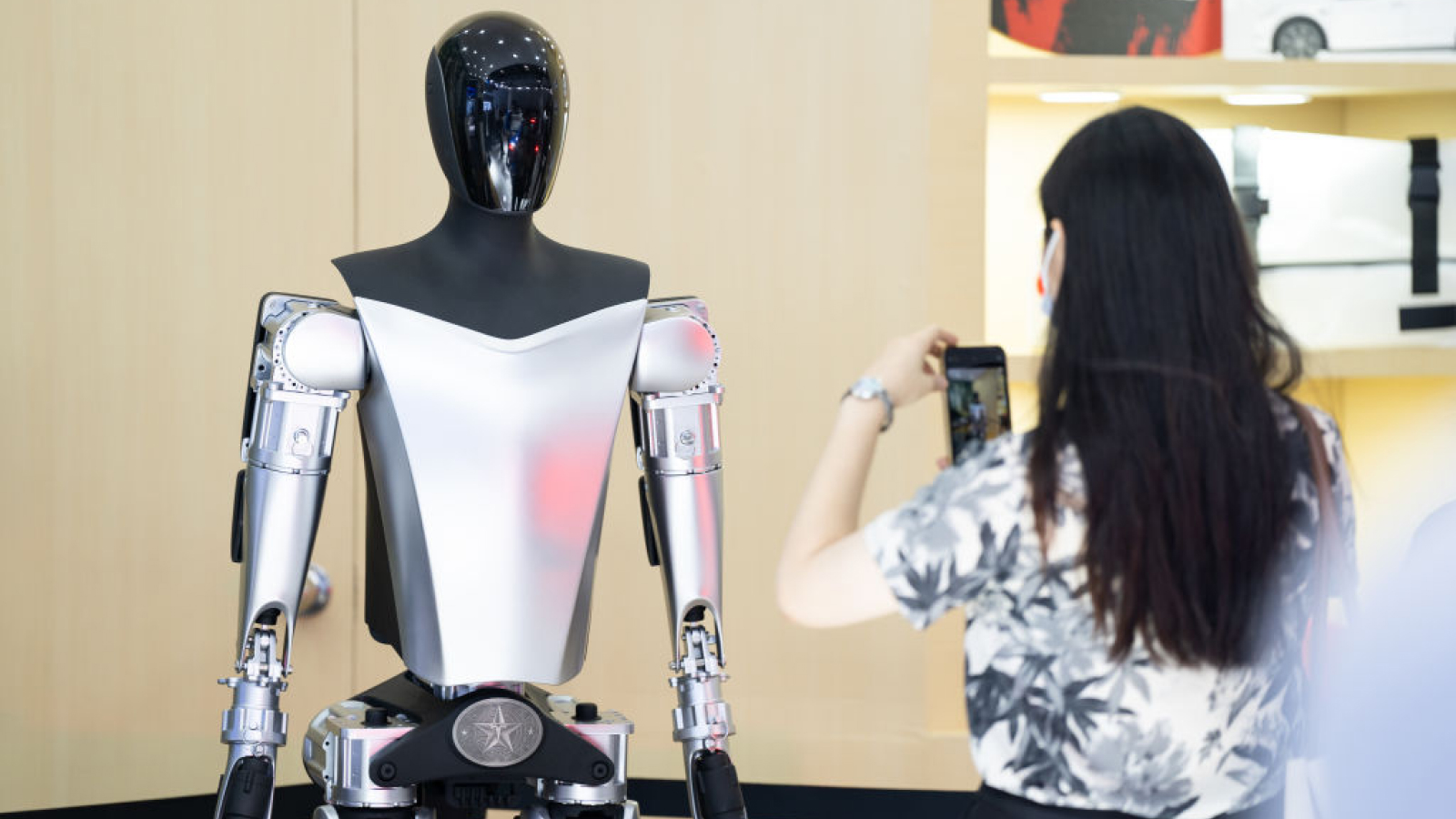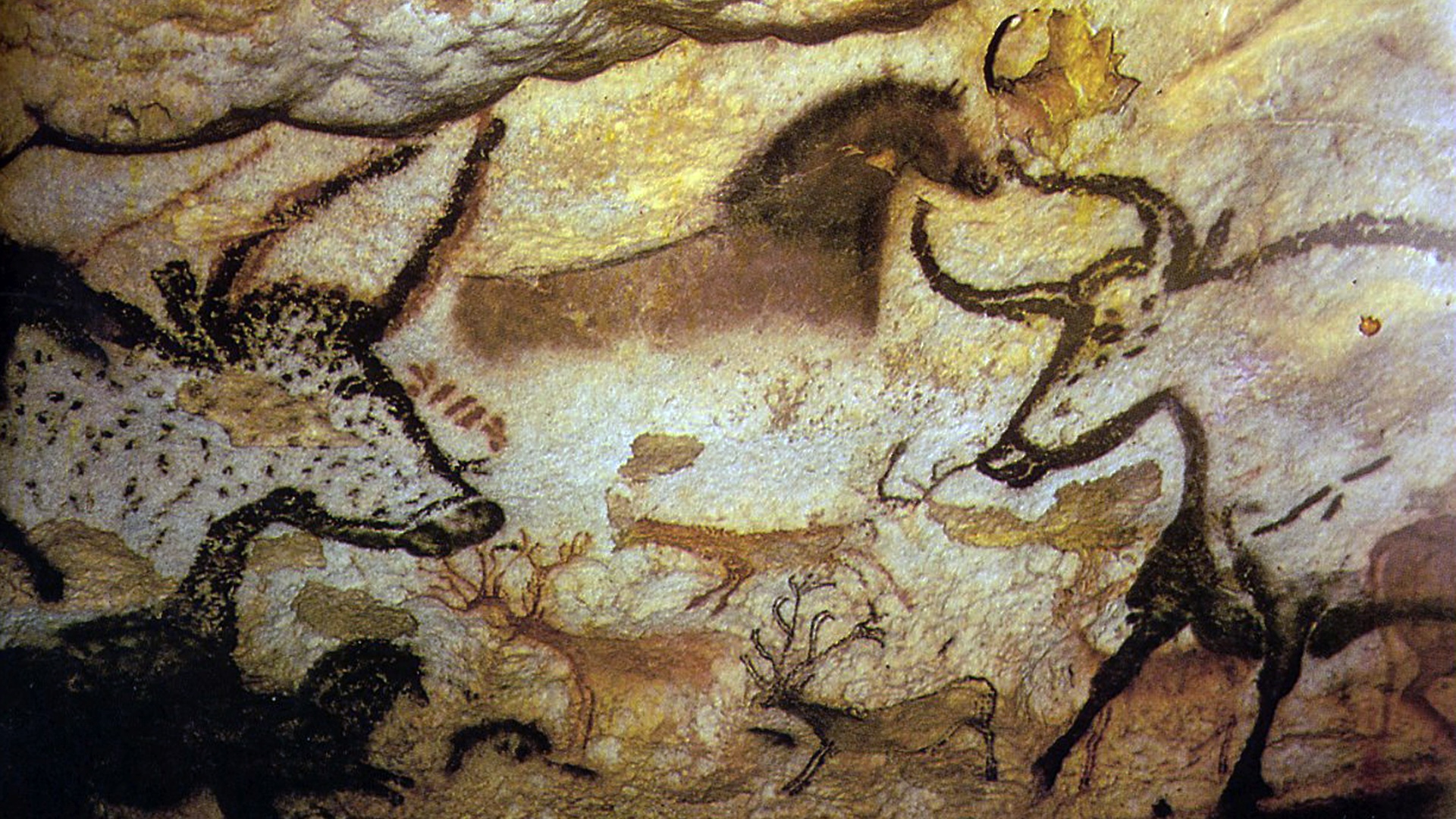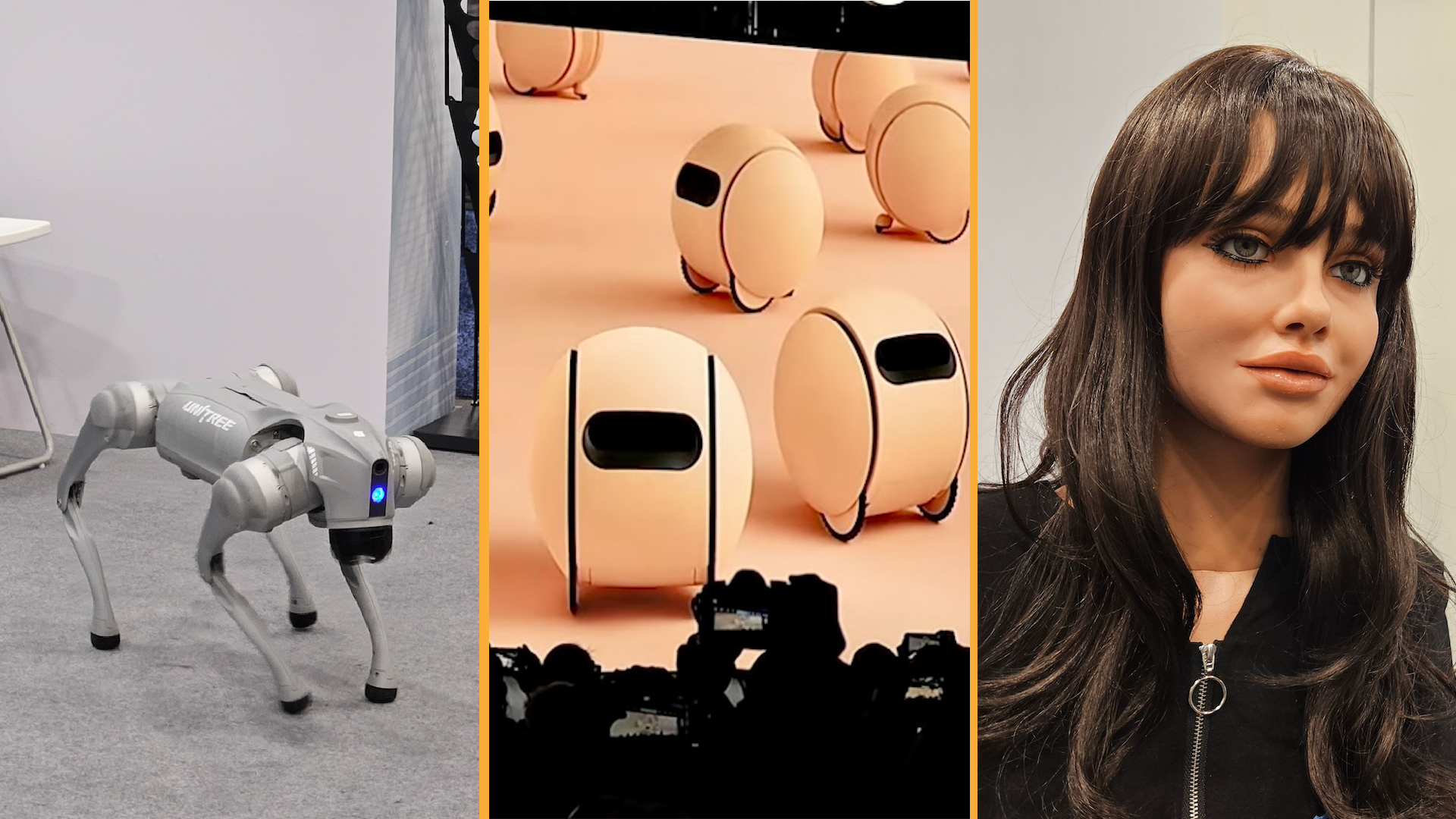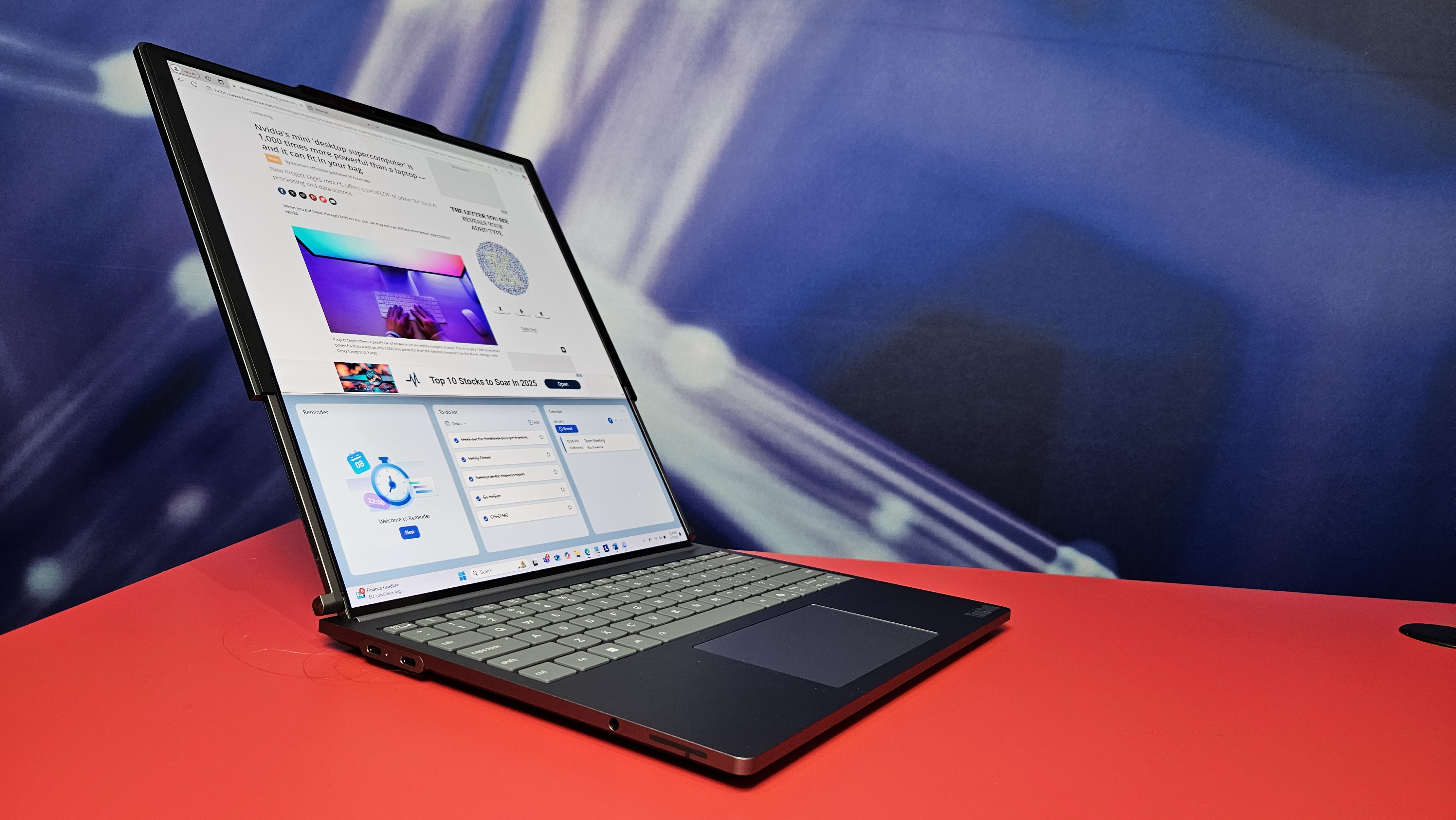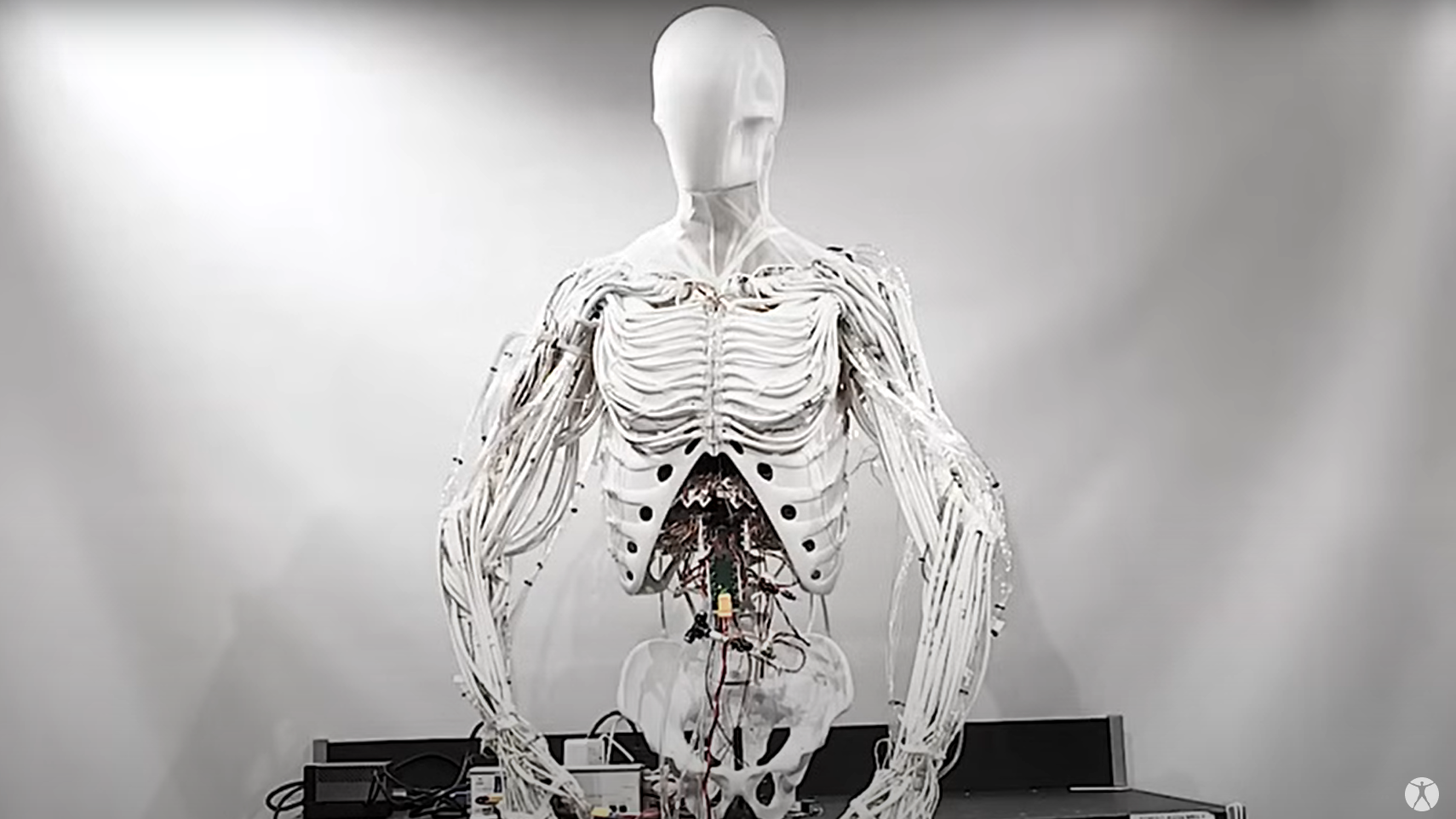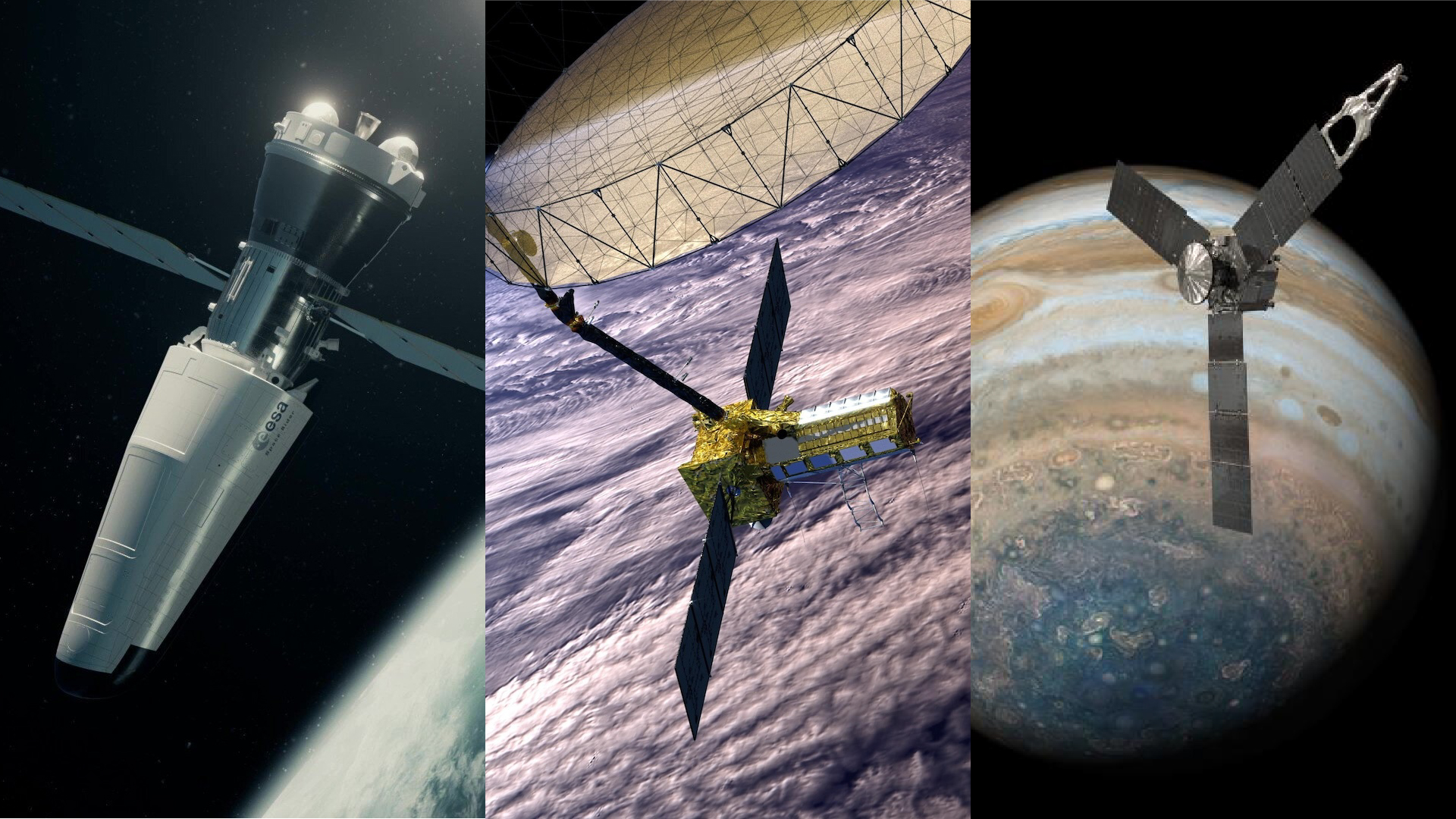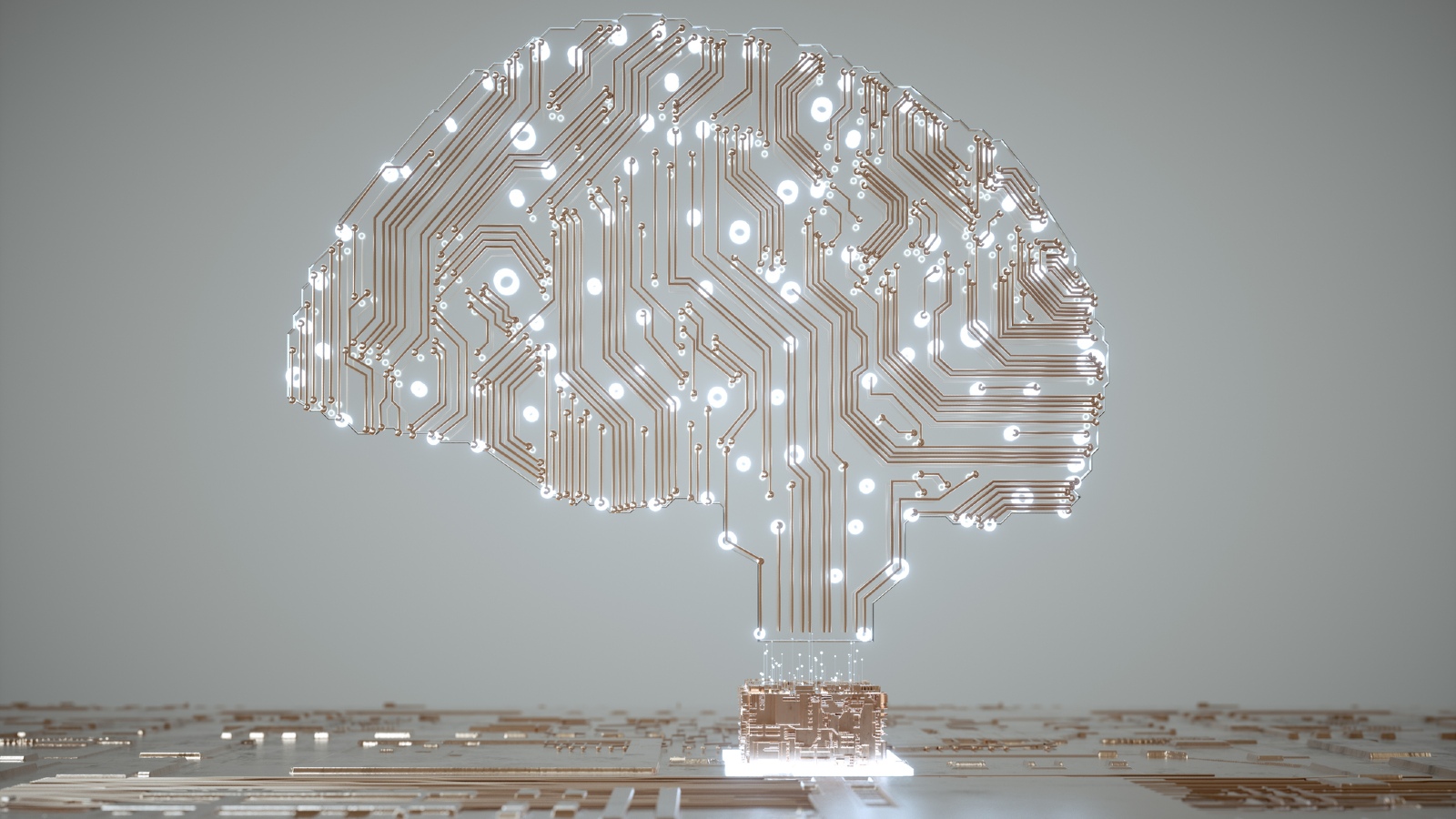11 Surprising Uses For Pee and Poop
Waste? Not!

When most animal bodies process nutrients, they expel waste in the form of liquids and solids — generally referred to as urine and feces. Waste is usually smelly and unappetizing (for people, at least) but it can also be surprisingly beneficial. Pee and poo have a wide range of applications; providing nutrients for diverse ecosystems, serving as a foundation for expensive perfumes, or even fueling robots.
Here are just a few of their unexpected uses.
From poop to perfume
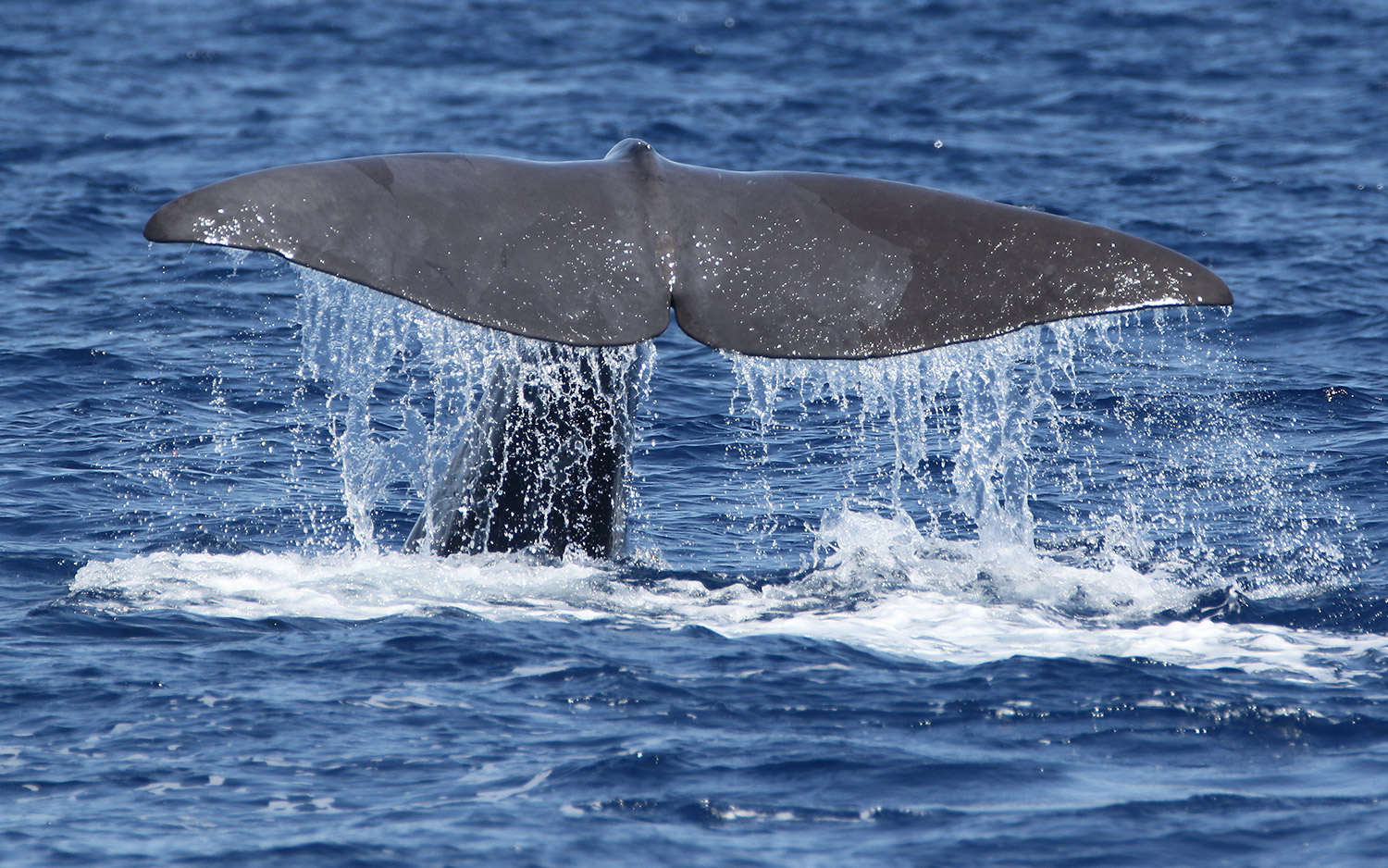
A yellowish-grey "rock" found on a beach in the UK was greasy and smelled terrible — and no wonder, as it originated in the guts of a sperm whale. The slick, malodorous lump was a sizable chunk of ambergris, a fatty substance thought to form in whales' digestive tracts around sharp objects such as squids' beaks.
Whales then poop out the ambergris, which is highly prized by humans as an ingredient in pricey fragrances. The lump found on the beach was estimated to be worth at least $68,000, and possibly as much as $180,000.
To dye for

A 1,500-year-old Byzantine copy of the New Testament known as the Codex Purpureus Rossanensis is printed on purple pages, and researchers recently uncovered the long-held secret behind the parchment's vivid color — urine.
Analysis of the tome revealed that the pages derived their purple hue from orcein — a dye extracted from the fungus Roccella tinctoria, and then processed with fermented urine. The manuscript, which is about half-complete, is written in gold and silver ink on 188 pages, and likely originated in Syria between the 5th and 6th centuries A.D.
Tastes like...
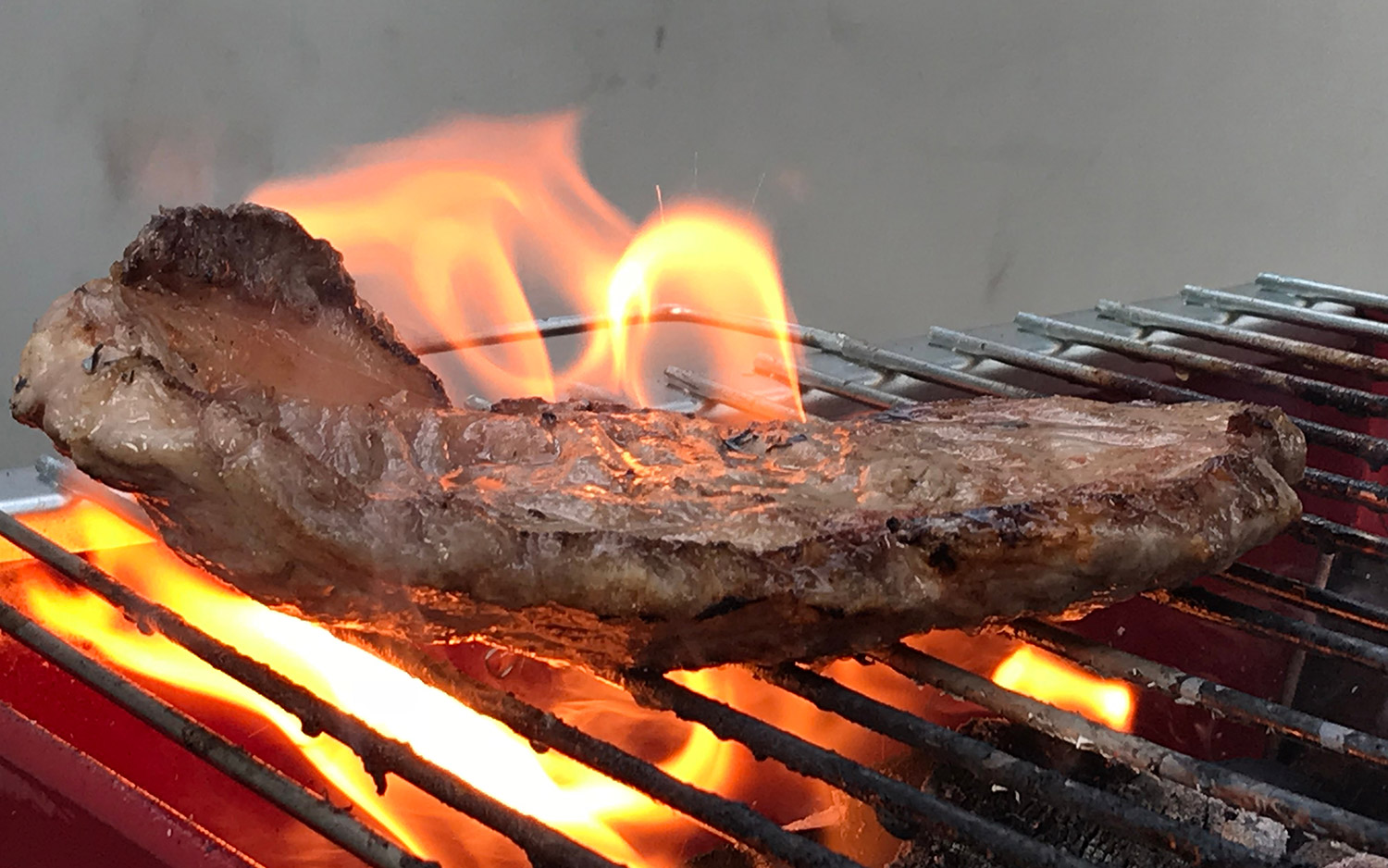
Researchers in Japan recently brought a stomach-turning offering to the table, by transforming human feces into steak. At the request of Tokyo Sewage, scientists investigated practical uses for excess sewage, and discovered that they could isolate proteins from the bacteria in human waste; combined with carbohydrates and fats, the result could be served as a meatlike substance.
Experts told Live Science that while it should be possible to make something edible — and safe to eat — using this method, cooking the "steak" before consuming it is still strongly recommended.
Drink up
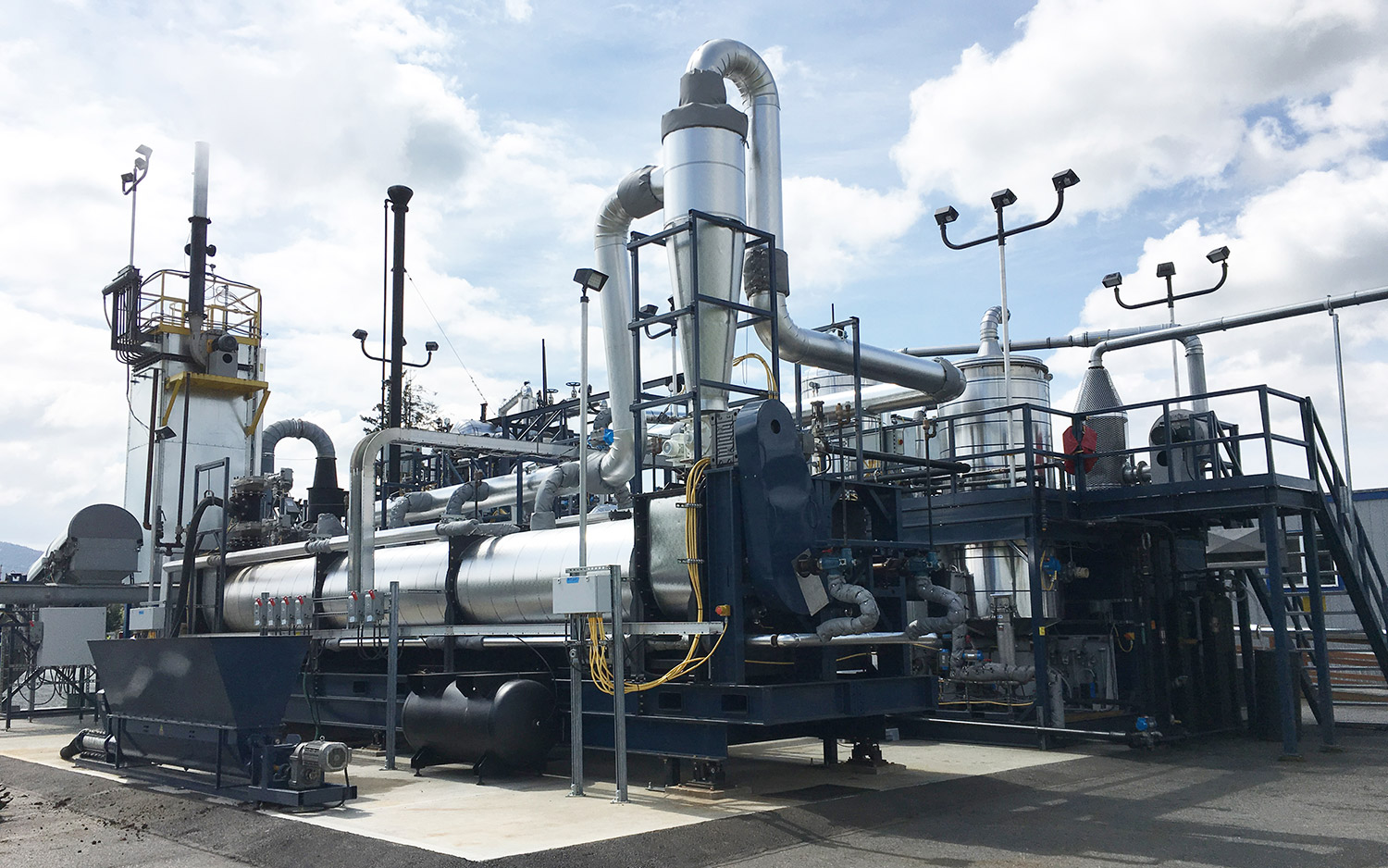
Don't want to eat steak made from poop? How about drinking a nice glass of water...that used to be poop? An innovative processing system called the Omniprocessor heats sewage sludge, separating the liquid as water vapor that is then treated to make it suitable for drinking.
With human populations on the rise in many countries, access to clean water and sanitation is a growing challenge worldwide. Processing systems such as this could provide an efficient solution to both problems, according to Bill Gates, whose foundation is funding development of the technology.
Building blocks

Bricks made from urine could one day serve as cheap, sustainable building materials for homes and other structures. But how do you turn pee into a brick? Scientists mixed with fresh urine with lime — calcium hydroxide powder — strained the liquid, and then combined it with sand and bacteria, which turn the material into a cementlike substance.
The bricks are sturdy; about as hard as limestone. They set at room temperature, so their production don't require a coal- or wood-burning oven. As the bricks are setting they do exude an unpleasant urine aroma, though the smell subsides in about 48 hours.
Poop-eroni

Poop sausagemay not sound like a tasty treat, but scientists have figured out how to use bacteria from baby poop to make sausages that are both delicious and healthy. Microbes are already harnessed to produce delicacies like cheese, wine and beer — and fermented sausages. And baby poop is chock-full of microbes; particularly Lactobacillus and Bifidobacterium, which are used in probiotics.
Using bacteria cultured from poop in babies' diapers, researchers made a type of Spanish fermented pork sausage called "fuet," and they claimed that it tasted "very good."
Urine therapy
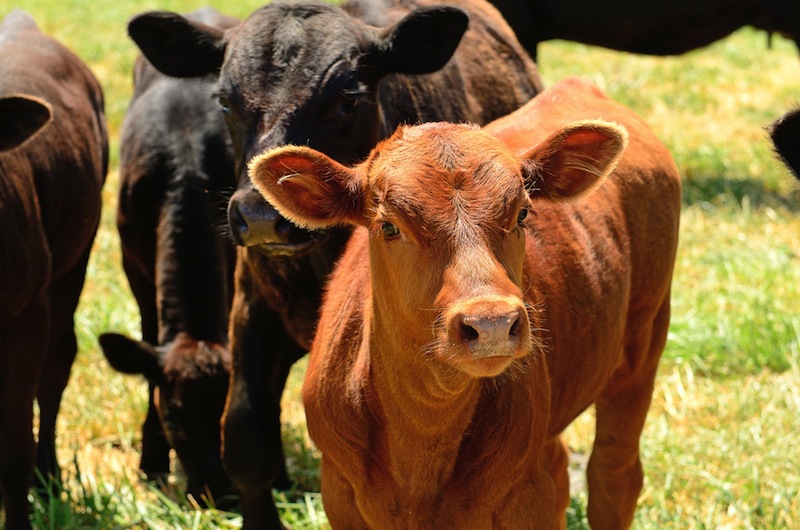
In India, cow urine has been used for therapeutic purposes for at least 5,000 years, and a Hindu group that promotes drinking cow urine for its health benefits recently claimed that the liquid "offers a cure for around 70 to 80 incurable diseases like diabetes," according to Om Prakash, of the Cow Protection Department for the Hindu sect Rashtriya Swayamsevak Sangh (RSS).
However, health experts have questioned the effectiveness of remedies containing cow urine, particularly when it is purported to treat or prevent cancer.
Robot fuel
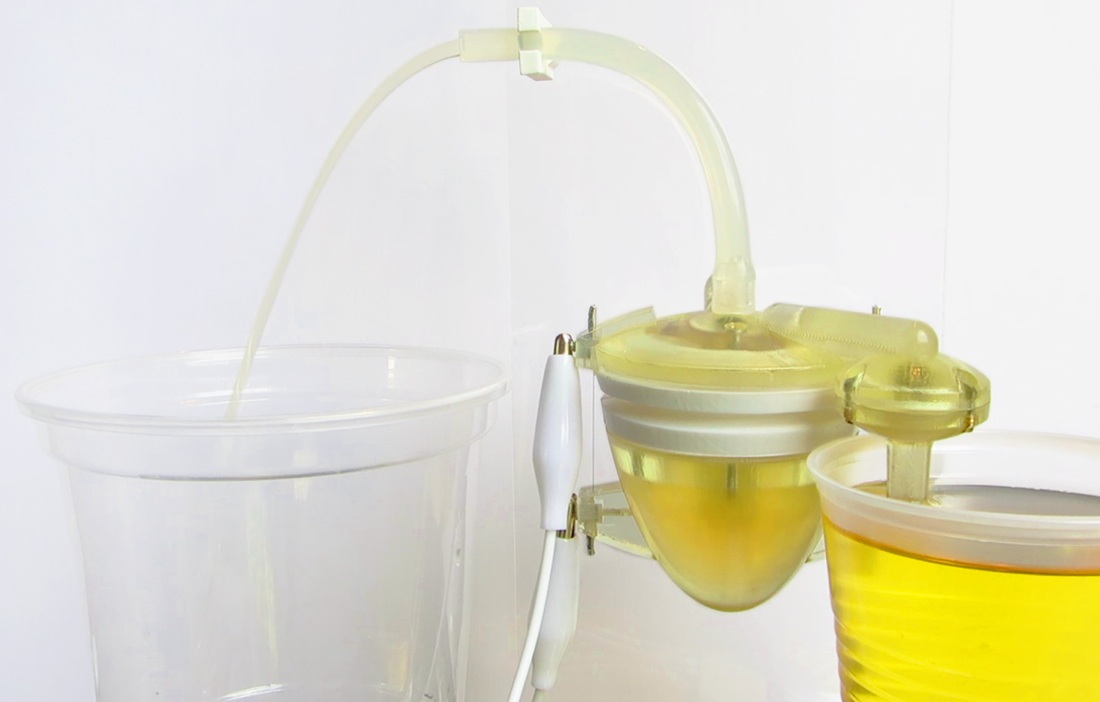
The pumping action of an artificial heart sends urine coursing over a microbial fuel cell, in a device that could power pollution-monitoring robots. Dubbed EcoBots, these pee-powered bots represent technology that recycles waste into electricity.
Their fuel cells harness living microbes such as those that colonize the human gut — and sewage treatment plants. When the microorganisms digest urine they produce electrons, which can then be harvested to generate an electrical current. And urine isn't the nastiest fuel source these robots have used — previous versions ran on energy extracted from sludge,wastewater, dead flies, and rotting produce.
Worm 'towers'
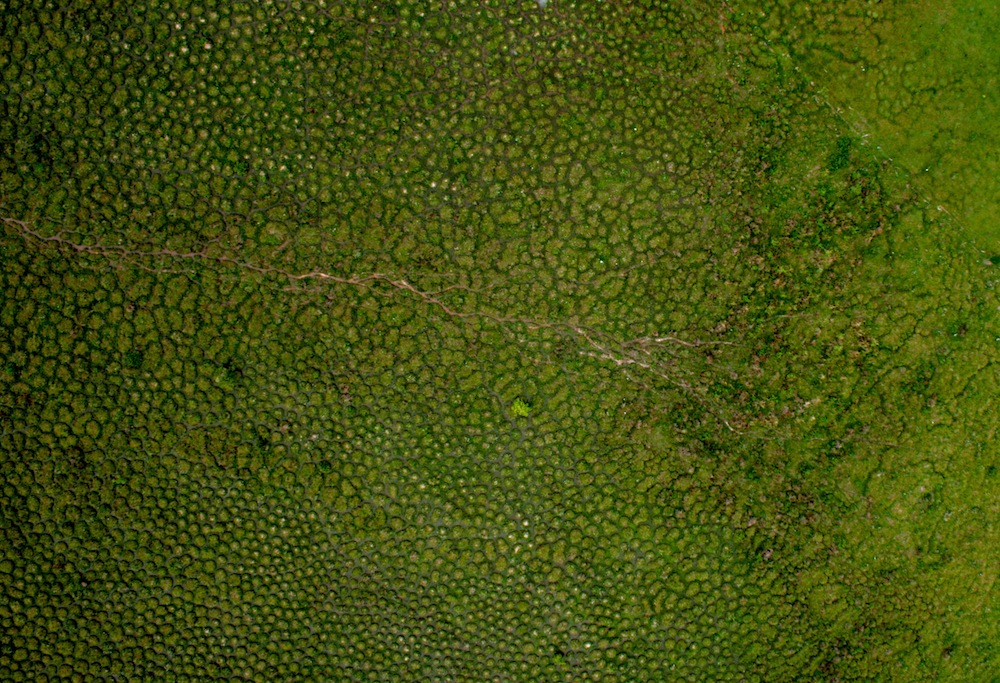
Giant soil mounds in the grasslands of Colombia and Venezuela alternate with deep pits in the ground, and the mounds were formerly thought to be the result of erosion or termite activity. But scientists recently discovered that they were made of piles and piles of worm poop, collecting in locations that the worms would visit for generations.
Worms measuring up to 3 feet (1 meter) in length eat and digest dirt, excreting pellets known as casts. Over time, the mounds can grow wider than 16 feet (5 meters) in diameter, and groups of them form an impressive landscape features called a surale, which is also found in Uganda, New Guinea and South Africa.
Poop-biotics

Could a path toward better health begin with a baby's diaper? Baby poop — specifically, the microbes inhabiting babies' guts — could one day produce potent probiotics to address digestion disorders.
What's so special about baby poo-microbes? Some types of microorganisms in baby poop promote the production of molecules called short-chain fatty acids, which are associated with a healthy gut. Fecal transplants with these microbes could help to correct imbalances in the gut, promoting the growth of beneficial bacteria and protecting against disease.
Sign up for the Live Science daily newsletter now
Get the world’s most fascinating discoveries delivered straight to your inbox.

Mindy Weisberger is an editor at Scholastic and a former Live Science channel editor and senior writer. She has reported on general science, covering climate change, paleontology, biology and space. Mindy studied film at Columbia University; prior to Live Science she produced, wrote and directed media for the American Museum of Natural History in New York City. Her videos about dinosaurs, astrophysics, biodiversity and evolution appear in museums and science centers worldwide, earning awards such as the CINE Golden Eagle and the Communicator Award of Excellence. Her writing has also appeared in Scientific American, The Washington Post and How It Works Magazine. Her book "Rise of the Zombie Bugs: The Surprising Science of Parasitic Mind Control" will be published in spring 2025 by Johns Hopkins University Press.
China uses 'gravitational slingshots' to save 2 satellites that were stuck in the wrong orbit for 123 days
Scientists spot a 'dark nebula' being torn apart by rowdy infant stars — offering clues about our own solar system's past
Mass graves of Black Union soldiers slaughtered by Confederate guerrillas possibly identified in Kentucky
